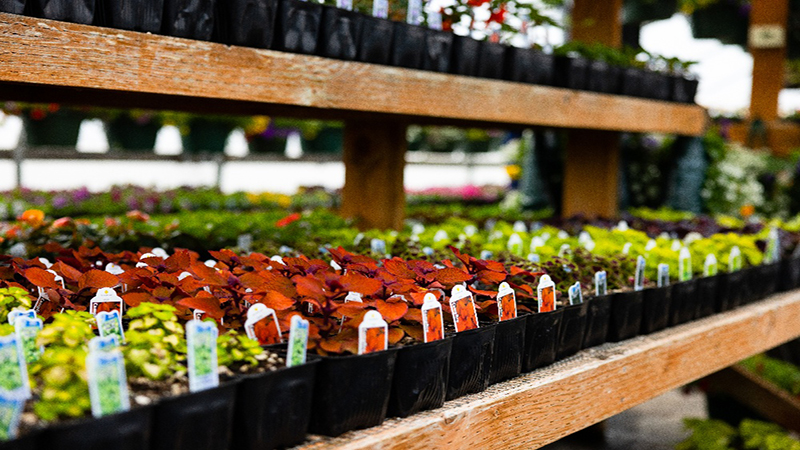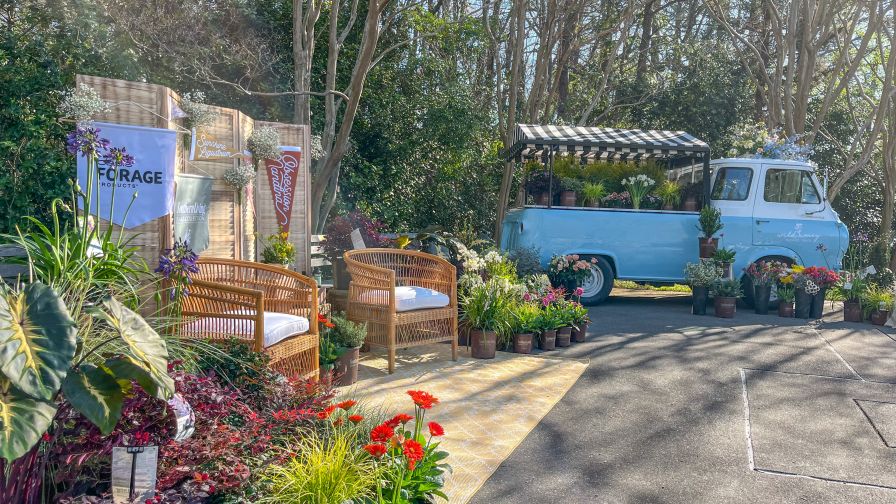Why Your Efforts to Sell Plants Fall Short and What You Can Do About It
 It has been a decade since the peak of the recession we saw in the late 2000s. Most industries have recovered nicely. They’ve reached their pre-recession levels, and in several cases, they’ve actually gone well beyond that. U.S. consumer spending is up. People are willing to spend $1,000 on a phone that will be outdated in a year and a half. It’s fair to say that people aren’t exactly pinching every penny that they have.
It has been a decade since the peak of the recession we saw in the late 2000s. Most industries have recovered nicely. They’ve reached their pre-recession levels, and in several cases, they’ve actually gone well beyond that. U.S. consumer spending is up. People are willing to spend $1,000 on a phone that will be outdated in a year and a half. It’s fair to say that people aren’t exactly pinching every penny that they have.
But what about us in the horticulture industry? Depending on who you ask, things have been good, or things have been just OK. Some never really recovered from the recession at all and were forced to part ways with their businesses. In many ways, our industry didn’t make that leap forward. We’re close to where we were before, but we aren’t gaining the ground where others have.
How Do We Change That?
It’s time to look outside of the industry. No, not for a career change. It’s time to look at outside industries for ideas and inspiration on what we can do to operate more efficiently in today’s economy, and how to adapt to a rapidly changing consumer landscape.
Make a disruption. Let the following outside-of-the-industry ideas be the start.
The Subscription Economy
These days you can get a subscription to just about anything — razors, clothes, makeup, meat. Harry’s Razors, Stitch Fix, and Birchbox are all built off this model. There are a few different companies toying with the idea for plant subscriptions, but it’s something that every greenhouse and garden center should be looking at. How can you turn your mixed container program into a seasonal décor program? Charging $39.99 per month for four containers to be swapped out throughout the season is a great start. It could be applied all over. Seasonal vegetables, herbs, you name it. Consumers are used to purchasing this way, and the reason they don’t switch their containers more often is because they don’t know they should. Recurring revenue and loyal customers is what it’s all about.
E-Commerce, SEO, Social Media, and the App Economy
If you or your customers haven’t lined up some sort of e-commerce option yet, the time is now! We used to operate in an era where plants couldn’t easily be shipped from door to door. Those days are gone. Improvements in packaging and decreases in shipping costs have made it all possible. Even if you don’t feel comfortable shipping, someone should be able to purchase a product online and pick it up in your store. Consumers begin their product search online. If they can’t find it on your website (or can’t find your website), what’s going to make them want to come into your store? Do consumers know your store exists? More than 50% of searches start on a phone. Is your business using the right apps, and using the right search engine optimization (SEO) tactics to be found where and when they are looking?
IOT and Automation
Labor is one of, if not the biggest, challenge facing our industry. Other industries have solved this problem by outsourcing production. When it comes to one-gallon echinacea, outsourcing is not exactly an option. Luckily, technology is advancing rapidly. We have a history of being notoriously hesitant about emerging technologies. We have to reverse that trend.
In the last few years, we’ve seen an explosion in the development of IOT (Internet of Things) products. Think Amazon’s Echo, Google Home, and Nest. Business technology is seeing the same improvements. Our machines are gaining the ability to communicate directly with each other. Creepiness aside, this communication is only increasing our ability to automate. Automation is the labor answer that we’ve been looking for, and as these technologies become cheaper, we need to jump on the bandwagon before it passes us by. The machines are going to take over with or without us, so we might as well use them to our advantage while we can.









